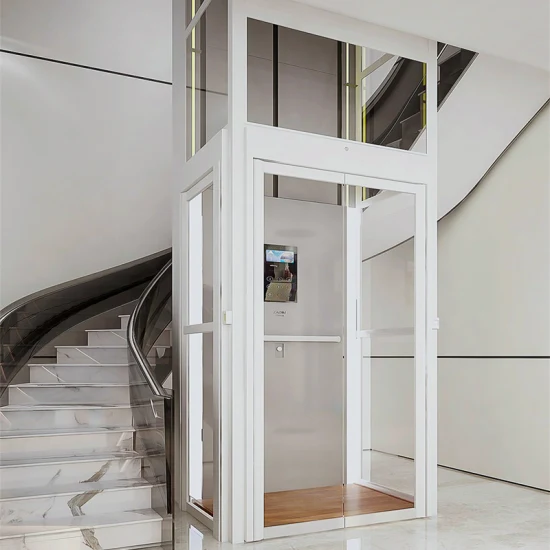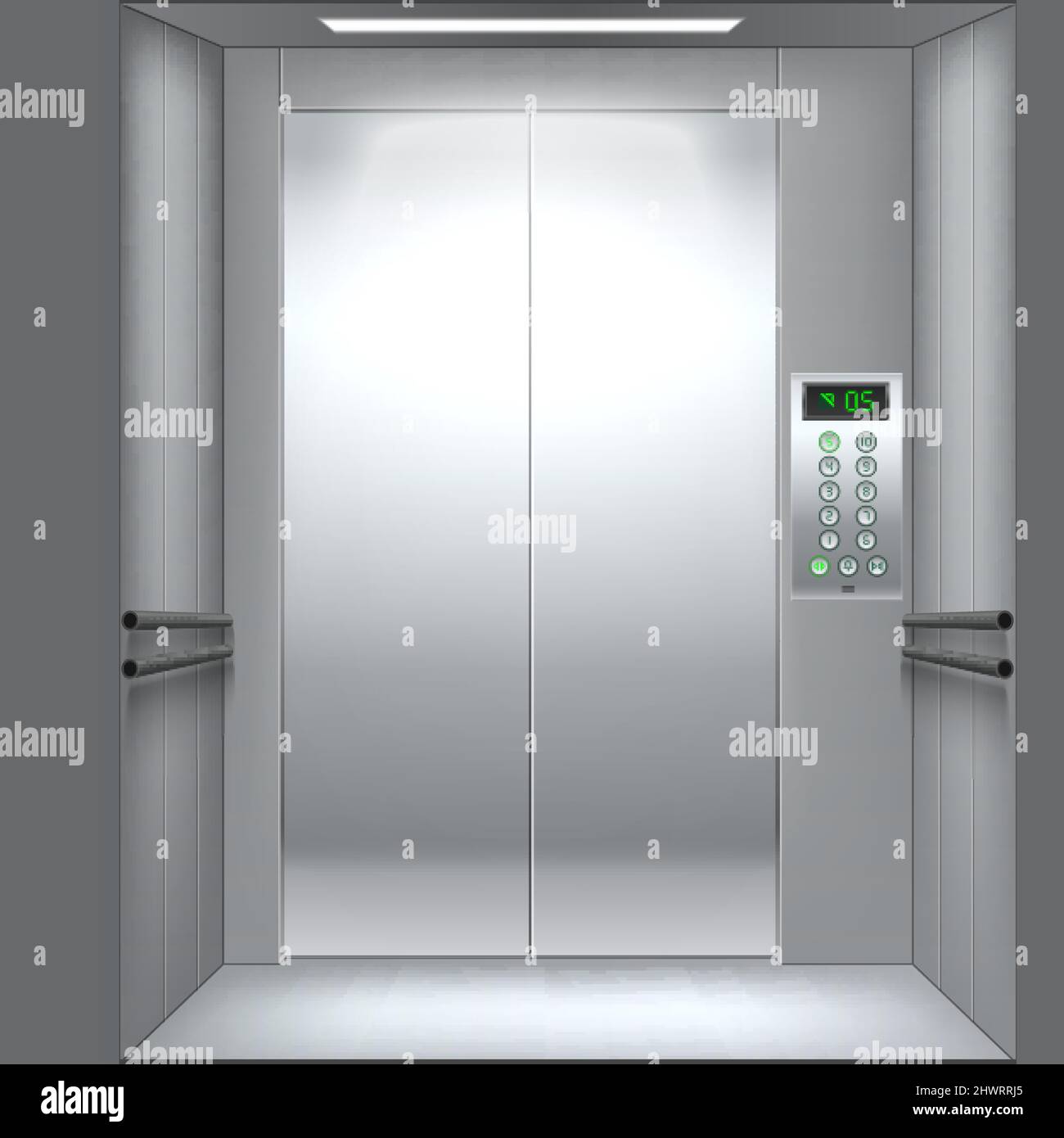Exploring the World of Lifts: Common Concerns Dealt With by Various Lift Mechanisms
As we navigate with the vertical transportation systems of modern structures, elevators attract attention as an indispensable part of our daily lives. However, behind their seamless operation exists a world of elaborate devices that can often encounter obstacles. From hydraulic lifts to grip systems and machine-room-less styles, each lift type features its set of typical concerns. Comprehending these difficulties is essential for making certain the smooth functioning of these crucial systems. Allow's explore the intricacies that underlie the operation of lifts and the potential problems that can arise, dropping light on the detailed web of lift systems.
Hydraulic Lifts
Hydraulic elevators, commonly preferred for low-rise buildings, utilize fluid pressure to manage the motion of the lift vehicle (lift repair companies). This system includes a hydraulic pump pressing oil right into a cyndrical tube, creating the lift to relocate in the wanted direction. While hydraulic lifts are known for their smooth and silent operation, they do come with their own set of typical problems
One common issue with hydraulic elevators is oil leakage. In addition, issues with the control system, such as malfunctioning valves or a malfunctioning pump, can trigger disruptions in the lift's motion.
Regular maintenance and prompt repairs are important to guarantee the smooth functioning of hydraulic elevators. By attending to these common issues proactively, structure owners can minimize downtime and make certain the safety and security and effectiveness of their vertical transport system.
Grip Elevators
When taking into consideration upright transportation systems in structures, an additional usual type apart from hydraulic lifts is the traction lift. Traction lifts run utilizing a system of ropes and weights that move the elevator auto by grasping onto the hoist ropes. This mechanism permits smoother and quicker vertical transportation contrasted to hydraulic systems.
One of the common problems dealt with by grip elevators is rope wear. The consistent motion of the ropes within the grip system can cause damage over time, possibly causing the elevator to breakdown or end up being harmful for use. Regular evaluations and upkeep of the ropes are vital to make sure the elevator's appropriate performance and security.
An additional concern that traction elevators might experience is associated with the control system. Troubles with the control system can result in issues such as unpredictable activity, delays in reaction times, and even total closures. Normal testing and maintenance of the control system are critical to avoid such problems and make certain the lift's dependability.
Machine-Room-Less (MRL) Lifts

One of the essential components of MRL elevators Check This Out is the portable gearless grip maker that is set up within the hoistway. This machine successfully drives the elevator vehicle without the demand for large equipment discovered in traditional grip elevators. In addition, MRL lifts generally make use of a counterweight system to stabilize the automobile, more improving their power effectiveness.
Regardless of their advantages, MRL elevators may encounter challenges connected to maintenance and repair work as a result of the constrained space for devices installment. Accessibility for servicing components within the shaft can be restricted, calling for specialized training for specialists. Correct upkeep timetables and regular evaluations are vital to make certain the ongoing smooth operation of MRL elevators.
Overloading and Weight Limit Issues
Are elevators furnished to take care of excess weight lots successfully and securely? Overwhelming and weight restriction problems are important worries in lift procedures. Elevator suppliers style lifts with certain weight capabilities to make sure traveler security and devices durability. Surpassing these weight limitations can result in different problems, including mechanical failings, hold-ups, and security dangers.
When elevators are strained, it places too much pressure on the motor, cables, and various other parts, potentially causing malfunctions or malfunctions. Safety devices such as sensors and overload sensors remain in place to avoid lifts from relocating if they detect excess weight. In addition, exceeding weight restrictions can result in increased power consumption and damage on the elevator system.
To alleviate overloading concerns, developing supervisors ought to plainly display weight restrictions in elevators and inform occupants on the relevance of adhering to these limitations - lift repair companies. Regular maintenance checks by certified service Check This Out technicians can also assist ensure that elevators are operating within secure weight parameters. By addressing overloading and weight restriction issues proactively, structure proprietors can enhance lift safety and security and efficiency
Electric System Failings
Surpassing weight limitations in elevators can not only lead to mechanical issues but also potentially contribute to electric system failings within the lift facilities. Electrical system failures are a vital concern in elevator procedure, as they can create unforeseen shutdowns, malfunctions, or even safety and security threats.
Routine upkeep and assessments are important to identify and resolve prospective electric issues immediately, guaranteeing the secure and effective procedure of lift systems. By adhering to weight restrictions and conducting routine electric system checks, building owners can minimize the risk of electrical failings in elevators.
Final Thought

Hydraulic elevators, often chosen for low-rise structures, use fluid pressure to manage the movement of the lift vehicle.When taking into consideration vertical transport systems in structures, an additional common kind aside from hydraulic elevators is the grip elevator. Grip elevators run using a system of ropes and weights that relocate the elevator vehicle by grasping onto the hoist ropes. Unlike conventional elevators that need a different device room to house the tools, MRL elevators incorporate many of the components within the shaft, removing the need for a committed device space.In verdict, elevators deal with usual issues such as hydraulic malfunctions, grip system failings, and electric system problems.
Comments on “Leading Lift Companies in London: Supplying Exceptional Solution and Support”